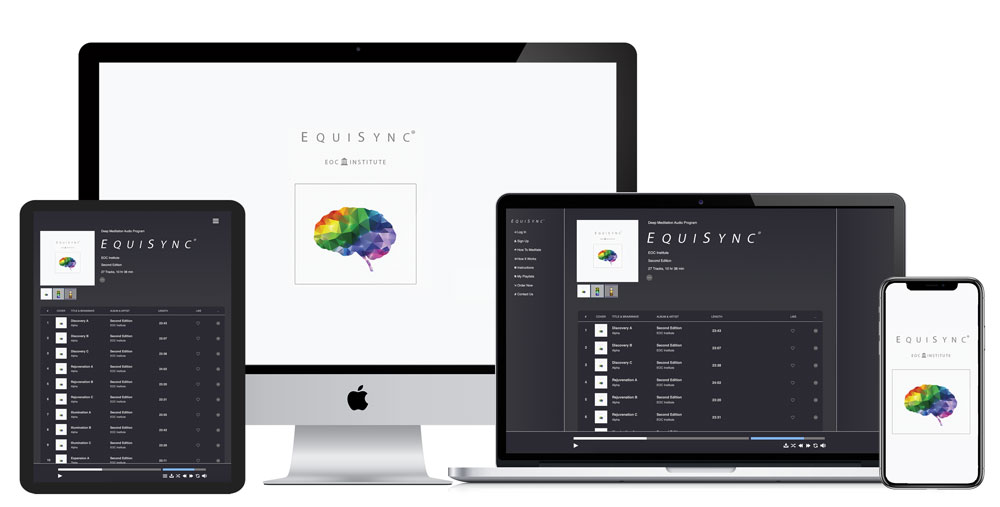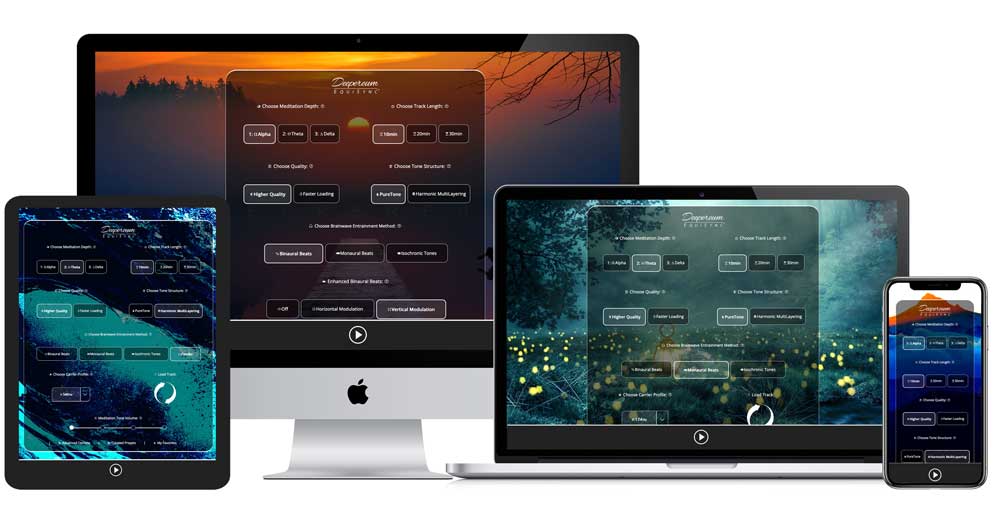How Meditation Benefits Students in the Classroom
The Many Benefits of Meditation for Teachers

Meditation helps children learn and makes life easier for teachers. Increasing evidence shows that meditation could play a major role in improving the educational environment in this country.
Teachers give, give, give. Through meditation teachers can give something to themselves so they can release stress and have energy for their work and their lives. Studies repeatedly show that meditation helps teachers remain balanced and effective.
When researchers and school administrators in Indiana studied whether meditation could have a positive effect on teacher stress, anxiety, and burnout, they found that it could. After just five weeks of meditation practice, teachers started feeling less emotionally exhausted and worn out. After nine weeks of meditation teachers reported that they were able to respond to their students more personally. Teachers in the Indiana meditation study reported they felt:
- More tolerant of children’s behavior and better able to handle it;
- Less worried;
- More organized;
- More objective;
- More refreshed and energized;
- More in control of their emotions and responses;
- More confident;
- More positive in outlook; and
- Better able to deal with problems calmly.
A study published in Stress and Health confirmed that meditation could reduce teachers’ stress levels. The study found that teachers who attended four 45-minute meditation training sessions were less stressed emotionally, behaviorally, and gastronomically than teachers who did not attend the training sessions. In other studies educators with ongoing meditation practices reported that meditation helped them feel calmer and more centered in and out of the classroom
Meditation helps teachers resist stress and respond effectively to classroom and administrator stressors. In general, teachers who less stressed and less anxious create a better learning environment and are better able to adapt to the various demands of their jobs.

Benefits of Meditation in the Classroom
Greater relaxation, better focus, and more self-awareness are among the most often cited benefits of meditation in the classroom. Numerous studies and anecdotes from educators point to the positive changes meditation brings to the classroom:
- A study published in the Journal of Applied School Psychology showed that mindful awareness exercises helped first, second, and third graders reduce their anxiety and do better in school.
- A study at the University of British Columbia showed that mindfulness exercises heightened optimism, attention, and behavior and reduced aggression among fourth through seventh graders.
- Teachers report classrooms are more peaceful when they build meditation into their lesson plans.
- Teachers report that relationships between students improve, with the children showing more compassion toward one another.
- Teachers find that meditation can better prepare students for learning by improving their attention skills and reducing test anxiety.
- Meditation has helped children with ADHD improve their attention span so that they can participate in classroom learning.
- Educators are using meditation in working with children with autism.
Teachers with a meditation practice who introduced meditation to their students found the students looked forward to the meditation, which made their classes calmer and more relaxed.
Research in high schools in Augusta, Georgia found that transcendental meditation decreased misbehavior, suspensions, and class absence and even lowered students’ blood pressure.
Researchers found that second and third graders with low self-regulation skills showed increased self-regulation after eight weeks of mindfulness meditation for 30 minutes twice a week.
The Future of Meditation and Teachers
As of 2012, 91 or more schools in 13 states are using meditation practices with students. Overall, high school students who practice daily focused meditation had 25 percent fewer absences, 50 percent fewer rule infractions, and 38 percent fewer suspension days. With results like these, expect more school-based meditation programs in the coming years—for teachers and students.
-
Main
-
Mind & Brain ▼
-
Anxiety, Depression,
& More -
Intelligence, Memory,
& Learning -
Happiness, Flow,
& Positivity -
Success, Intuition,
Creativity, & Willpower -
Consciousness,
Deep Mind, & More
-
-
Health & Body ▼
-
Weight Loss
-
Longevity & Life
Extension -
Healing, Immunity,
Disease, & More -
Sleep & Insomnia
-
Stress, Pain,
Energy, & More
-
-
EquiSync®
Discover EquiSync®


Click the buttons to play or pause the audio.

Using safe and highly effective sound technology, all EquiSync programs are designed to carefully ease the listener's brainwaves into a state of deep meditation, opening the door to the ancient mind practice's limitless benefits much faster than the traditional route. You can learn more about how it works from the links below:
---
While we have outlined one basic philosophy / form of meditation in the links below, if you already have a proven meditation technique — then we encourage you to combine & enhance it with our audio technology. EquiSync uses sound to deepen the meditative state no matter your chosen technique.
How can meditation benefit your life? Our highly referenced, highly backlinked "benefit of meditation" articles are known for their in-depth research & inspirational tone. A few good reads are linked below:



Translate this page:
